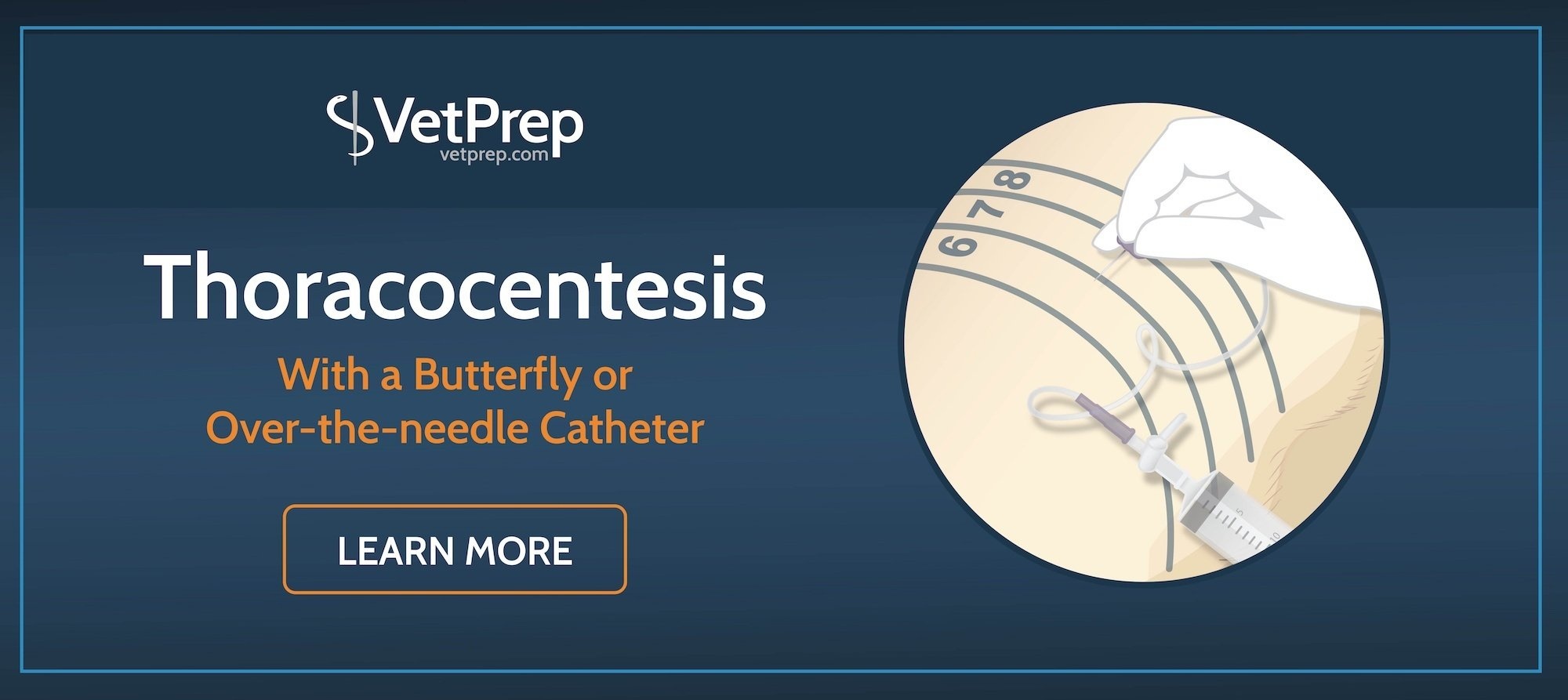
Are you a third or fourth year veterinary student on clinics or a first or second year student thinking about what will it be like on clinics? One important minimum database parameter you may have to measure for your patients is their blood pressure. It’s a super important measurement to monitor so make sure your skills are on point! In case you’re a pro that just needs a refresher or if you’re just learning the steps, read below to get an overview of blood pressure measurement via Doppler!
An Important point to note: this method primarily measures systolic blood pressure.
An alternative indirect blood pressure method which provides measurements for systolic, diastolic and mean arterial pressure is the oscillometric method.
KEY POINTS
Key Point #1: Make sure your patient is as calm as possible before starting
Key Point #2: This procedure requires an appropriately sized cuff that is 40% of the circumference of the area used
Key Point #3: Patient positioning is very important. Patient should usually be in lateral recumbency, sternal recumbency or sitting, depending on which area you are using for cuff placement. Cuff level should be aligned with the level of the right atrium.
STEPS
Step 1: Apply correctly measured cuff to either the forelimb, hindlimb or tail. If using a forelimb, usually the cuff is applied at the level of the radius; if using a hindlimb, the cuff is usually applied at the level of the tibia
Step 2: Attach a bulb sphygomanometer to the cuff
Step 3: Shave an area distal to the cuff. This area is usually proximal to the metacarpal or metatarsal pads
Step 4: Apply ultrasound coupling gel to the shaved area, then place Doppler crystal on this area and turn Doppler machine on
Step 5: Listen carefully for pulse sounds. Re-position Doppler crystal until pulse sounds can be heard easily and clearly
Step 6: Holding the Doppler crystal in place, use the bulb sphygomanomter to inflate the cuff until you no longer hear the pulse sounds
Step 7: Next, deflate the cuff slowly until you hear the pulse again. Record this number as your systolic blood pressure measurement
Step 8: Repeat this measurement several times (usually 3-6 times) with at least a minute pause between readings and then average those measurements to get the patient’s systolic blood pressure
Now you will all be pros at Blood Pressure measurement via Doppler. Best of luck on your clinical rotations!
|
References: Clinical Vet Advisor, p.1191
BSAVA Guide to Procedures in Small Animal Practice p. 62-63



 Thoracocentesis
Thoracocentesis